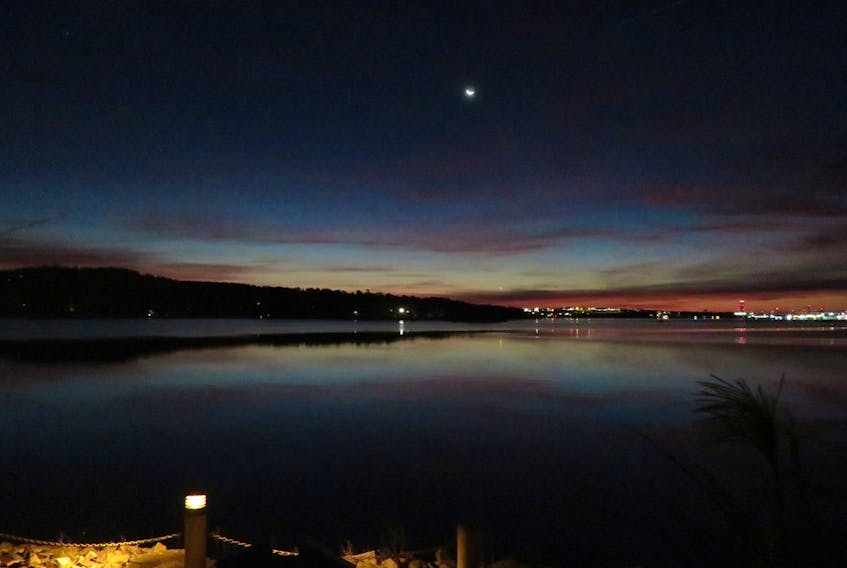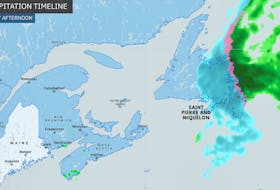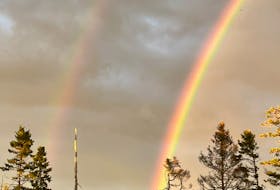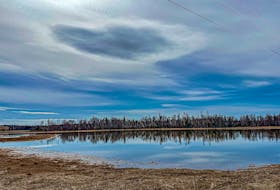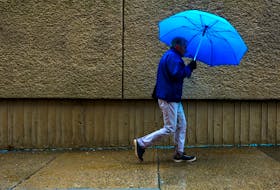I’m sure by now you realize that Grandma had lots to say about almost everything. Some of her observations and anecdotes were way out there, but fascinating nonetheless.
When Grandma could see the moon, she had something to say about it, too. Most of the time, it pertained to the weather. The full moon, the sick moon, the new moon, the moon on its back and the tipped moon – they all meant something different to Grandma.
I recently received an email from Jean Johnston. She wanted to know if there was any significance to the “moon on its back?” Her Nanny always said it was full of snow or rain.
So did Grandma, and she called it a “dry moon.” According to our ancestors, if the crescent moon holds its points upward, it’s holding the rain or snow and is therefore a sign of a dry spell.
Conversely, they thought that if the new moon stood on its points, precipitation would spill out.
As much as I love the imagery, there is no significant scientific correlation between the phases of the moon or its position in the sky and our weather.
I say significant because the full moon has a small impact on polar temperatures.
Satellite measurements of the temperature of the atmosphere show that the poles are 0.55 degrees Celsius warmer during a full moon than during a new moon. Measurements show no effect on temperatures in the tropics, but the temperature around the globe is on average 0.02 degrees Celsius higher during the full moon. These small temperature changes have a slight but immeasurable effect on the weather.
“The moon and the weather can change together, but a change in the moon, can’t change the weather”
By the way, the portion of the moon that is reflecting the sunlight is a result of the moon’s orbit around the Earth, and the Earth’s orbit around the sun. During winter, the moon sets north of west and follows a path almost straight down to the horizon. An upside down crescent moon in the Northern Hemisphere occurs mostly in the winter and early spring.

